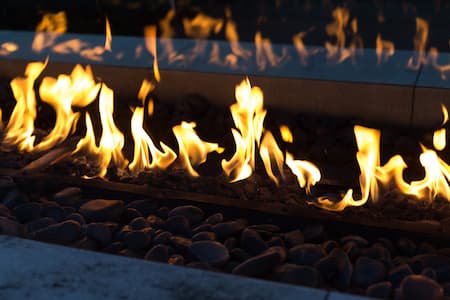Ancient Home Heating Systems

Those of us who do not reside in tropical climates depend heavily on our central heating systems once the cold months head our way. Once upon a time, most people depended on wood burning to heat their homes. Luckily, we have much safer means of keeping ourselves warm today.
But where did home heating get its start? Here's a brief overview of some ancient heating technologies:
Angier March Perkins was a 19th century engineer who spent most of his career in the UK. He was instrumental in developing the technologies of central heating. His first steam heating system was installed in 1832 in the home of John Horley Palmer, Governor of the Bank of England so he could grow grapes in the cold climate.
Then came one of the most important inventions in home heating history - the radiator. Franz SanGalli, a German born in Italy who lived in Russia, invented the radiator in 1855. Being the first person to produce a central heating system, he patented the device in Germany and in America. It wasn't too long before radiators became standard in new home construction.
But you can go back a couple thousand years to find pretty advanced forms of home heating. The ancient Romans had a heating system called a hypocaust. The word "hypocaust" translates to "heat from below," which is what the system did. Hypocausts were used to heat public baths and private houses. They were able to do so because the buildings were raised on pillars which allowed heat to pass underneath the floors.
There were also spaces in the walls so hot air and smoke from the furnace could pass through the enclosed areas and out of flues (ducts) in the roof. This helped to prevent dangerous pollution inside buildings.
After the fall of the Roman Empire, the use of hypocausts disappeared, but central home heating systems began to sprout up in the Middle Ages.
Ancient Korea also had a system similar to the Roman's central heating system, known as the ondol. Also called a gudeul, the ancient Korean underfloor heating dates back to 1000 BC, according to archaeological findings.
Ondols used direct heat transfer from wood smoke to the underside of a thick masonry floor. Here are the main components of the traditional ondol:
- A firebox or stove (agungi), which was accessible from an adjoining room, typically the kitchen or master bedroom
- A raised masonry floor with horizontal smoke passages
- A vertical, freestanding chimney on the opposite exterior which proves a draft. The heated floor is supported by stone piers or baffles to distribute the smoke. They are covered by stone slabs, clay and an impervious layer, like oiled paper.

